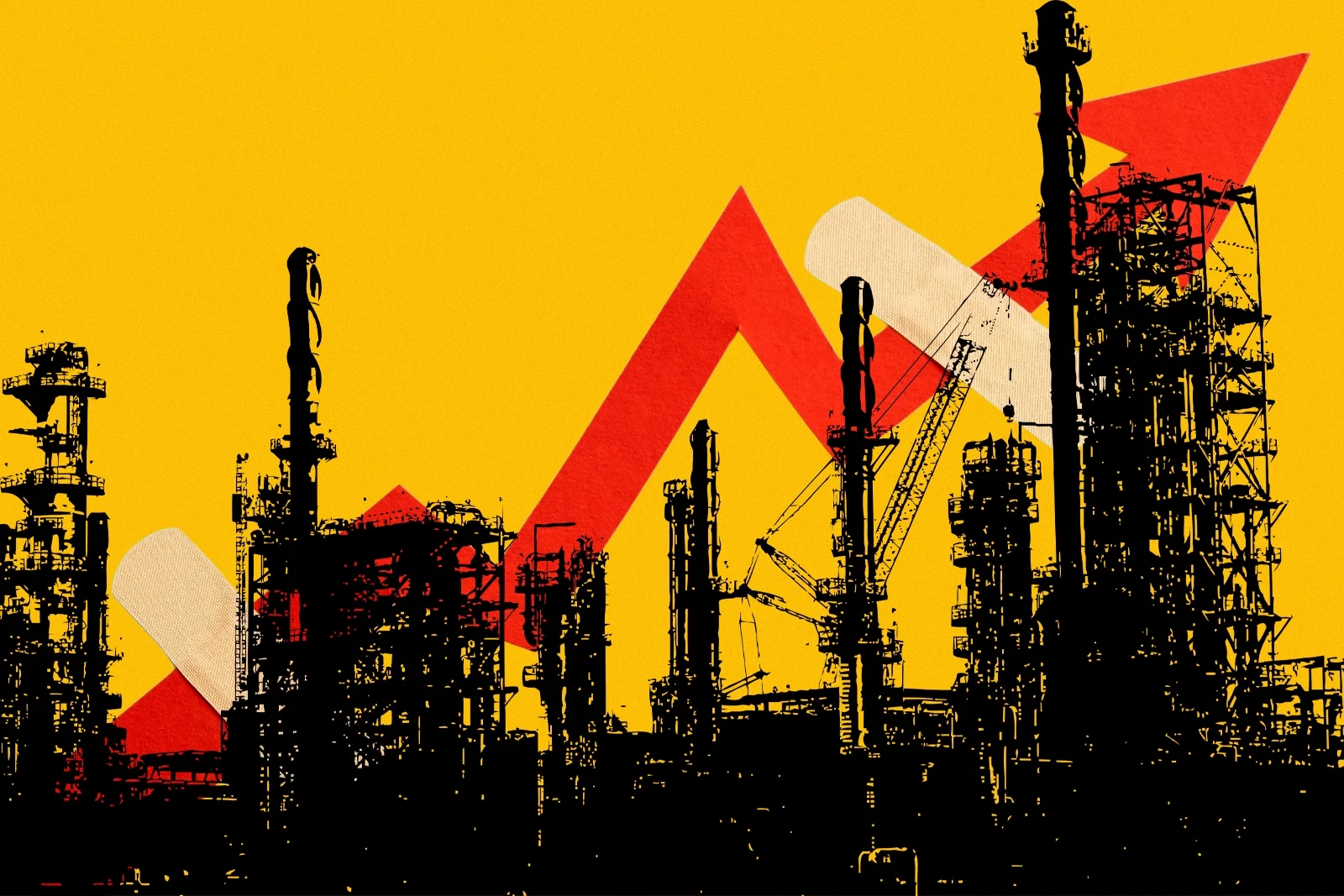
When Growth Misleads: The Divergent Oil Economies of Guyana and South Sudan
The recently released IMF global growth projections place South Sudan at the top of the list, with an anticipated 27.2% GDP increase, followed closely by Guyana, projected to grow at a rate of 14.4%. On the surface, these figures suggest two countries poised to experience parallel oil-driven economic booms. Yet beneath this numerical alignment lies a story of two starkly divergent trajectories. While both nations are set to benefit from expanding oil production, South Sudan’s explosive growth is largely statistical—an unstable and temporary rebound from economic near-collapse—whereas Guyana’s steadier climb is grounded in structural stability and strategic foresight, promising a more sustained and developmental transformation.
The latest IMF projections might appear to signal twin narratives of rapid economic ascent. But closer inspection reveals that Guyana and South Sudan are traveling fundamentally different roads. Guyana’s economic momentum is underpinned by political continuity, regulatory transparency, and smart resource governance, factors that have fueled a steady influx of foreign direct investment. South Sudan, by contrast, remains embroiled in protracted internal conflict, with its oil industry fragmented, contested, and increasingly outside the reach of central authority. The comparison underscores a broader truth: Headline statistics often obscure the deeper institutional and geopolitical realities that shape economic futures.
Against the backdrop of rising global energy demand and shifting supply networks, Guyana has emerged as one of the most dynamic new oil producers in the Western Hemisphere. Once considered among the poorest nations in the region, it has been rapidly transformed by a series of massive offshore oil discoveries led by ExxonMobil. Since the beginning of 2024, Guyana has ramped up production to more than 600,000 barrels per day, with projections pointing toward over one million barrels daily by 2027. This ascent has been enabled not only by geological fortune but also by a stable political environment, clearly articulated fiscal rules, and an international development strategy that leverages partnerships to finance growth.
A prime example of Guyana’s upward trajectory is the Bluefin well, recently discovered by ExxonMobil within the prolific Stabroek Block. Spanning more than 26,800 square kilometers, the block has yielded over 30 discoveries in the last ten years, collectively estimated to hold more than 11 billion barrels of recoverable oil and gas. These resources are not speculative assets—they are already being monetized through long-term production plans guided by key legislation, including the Local Content Act, the Petroleum Activities Act, and the operational framework of the Natural Resource Fund. These mechanisms aim to foster investor confidence while ensuring that oil revenues contribute to national development. As Vice President Bharrat Jagdeo has emphasized, Guyana’s strategy is to remain “predictable, fair and [to work] with the companies in partnership while looking out for national interests.”
This growth is accompanied by well-calibrated institutional agreements. The 2016 Production Sharing Agreement (PSA) between Guyana and its foreign partners entitles the country to a 2% royalty on gross oil production and 50% of the profit oil after cost recovery. The agreement permits ExxonMobil and its consortium partners to allocate up to 75% of oil production to recoup their investment costs, with the remaining 25% split evenly between the government and the companies. This formula has attracted sustained investment without compromising long-term public benefit.
Guyana’s growing international relevance has not gone unnoticed. In March, U.S. Special Presidential Envoy Mauricio Claver-Carone visited Georgetown to affirm Washington’s strategic support, explicitly referencing Venezuela’s renewed territorial claims over the disputed Essequibo region and its recent military posturing. His visit concluded with a bilateral security pact to strengthen Guyana’s defense cooperation. These developments highlight the geopolitical weight of Guyana’s oil reserves and the country’s increasingly central role in hemispheric security conversations.
What distinguishes Guyana is not merely the scale of its resource endowment but the coherence of its development model: transparent institutions, stable governance, and purposeful international engagement. Far from the stereotypical “resource curse” narrative, Guyana illustrates how natural wealth can effectively translate into long-term national advancement when supported by sound policy and accountable leadership.
South Sudan: Illusory Growth in a Fragmented State
In stark contrast, South Sudan’s projected economic surge tells a much darker story. If Guyana exemplifies structured and strategic ascent, South Sudan represents the mirror image—a nation where economic data obscures the reality of disintegration. Despite being forecast to post the highest GDP growth rate globally in 2025, the figure offers little more than a statistical mirage. South Sudan remains engulfed in civil conflict, and its oil sector, instead of underpinning national recovery, has become a flashpoint for criminal exploitation, territorial contestation, and foreign interference.
For years, South Sudan’s economy has been overwhelmingly reliant on oil, which previously accounted for roughly 90% of government revenue. Today, that central pillar has crumbled into chaos. Control over key production areas has shifted to militias and other non-state actors. The infrastructure for oil export has been repeatedly disrupted, and a growing share of revenues now flows through informal and extralegal networks. Reports from early 2025 point to a disturbing rise in unauthorized crude shipments, fueling concerns over illicit arms-for-oil exchanges and further weakening already negligible fiscal oversight.
Attempts to restore political stability have faltered. Elections initially promised in 2018 have been postponed, now slated for late 2026. The transitional unity government remains fragile, held together by uneasy alliances between former combatants and unable to exert authority beyond the capital. In such an environment, governance is not merely weakened—it is fundamentally absent. Instead of serving as a national asset, oil has become a source of perpetual conflict and fragmentation.
The situation is further complicated by the reemergence of foreign players pursuing vested interests in South Sudan’s oil landscape. Informal economic and political networks operating through neighboring countries have deepened the country’s dysfunction. What results is a political economy in which GDP growth is driven not by institution-building or economic reinvestment but by opaque deals and speculative extraction.
In such a context, South Sudan’s projected 27.2% growth underscores the limitations of GDP as a reliable indicator. The figure may reflect a short-term rise in production. Still, it conceals a state in disrepair—where authority is diffused, public finance is compromised, and infrastructure often operates in isolation from national planning. Rather than signaling recovery, the growth rate highlights the perils of measuring progress through a purely extractive lens divorced from governance, rule of law, or social cohesion.
Ultimately, the divergent paths of South Sudan and Guyana serve as a cautionary tale. Both countries may top the IMF’s growth charts, but the similarity ends there. Guyana’s expansion is grounded in institutional integrity, economic pragmatism, and strategic alignment with international actors. South Sudan’s is a rebound from collapse, untethered from any lasting developmental framework and heavily dependent on contested oil revenues.
These two examples reveal a deeper truth about development in resource-rich states: it is not the existence of oil wealth but the systems that manage it that determine a country’s future. In a world increasingly shaped by geopolitical volatility and complex supply chains, what matters is not just how fast an economy grows but whether it grows within a structure that can endure. In that regard, Guyana and South Sudan could not be further apart.
